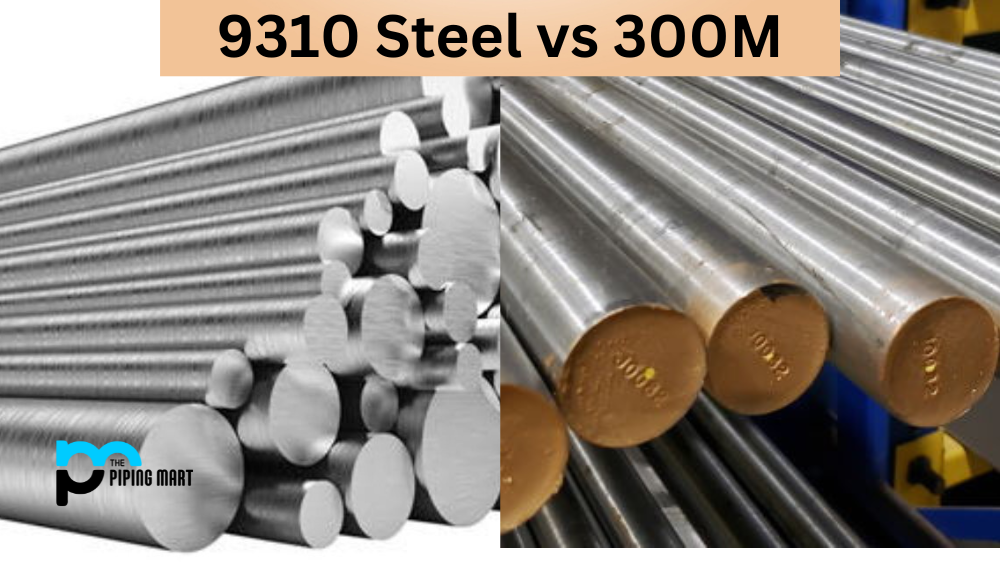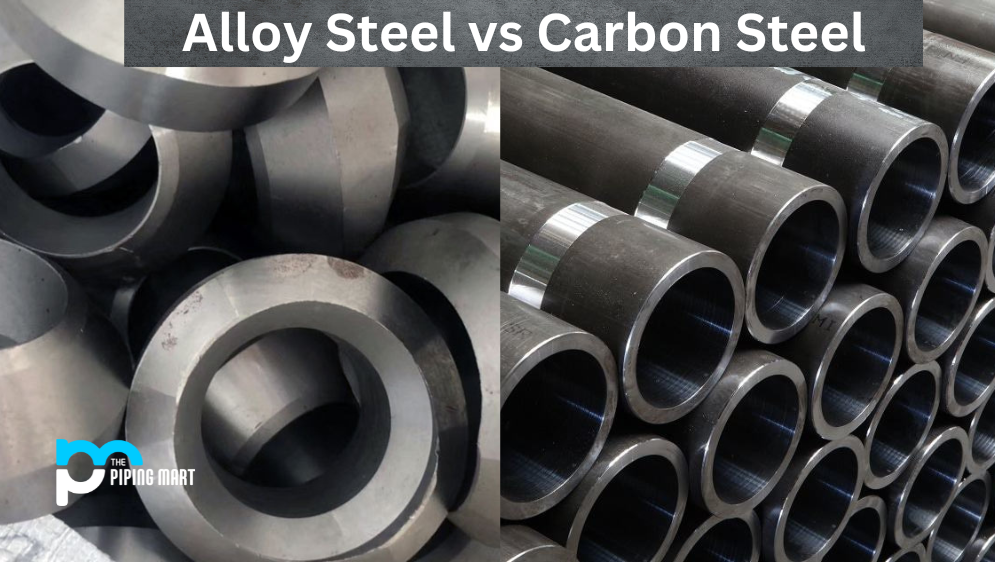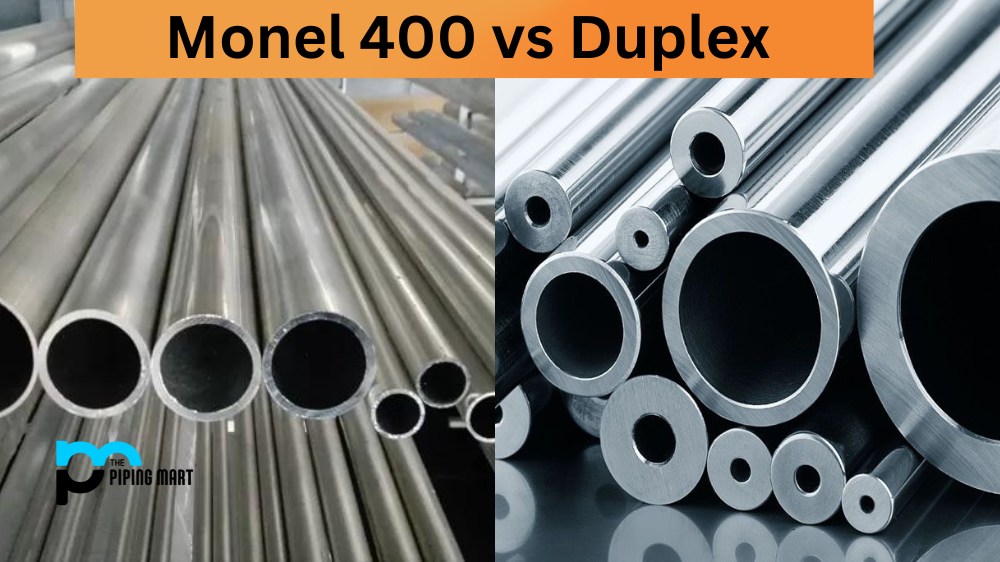When it comes to selecting the right steel for your project, you have a range of options to choose from. Two popular choices for high-strength steel are 9310 and 300M. Both are designed to provide durability, toughness, and strength in applications that require high-performance materials. But which one is the right choice for your needs? In this blog post, we will compare 9310 and 300M steel to help you make an informed decision.
What is 9310 Steel?
First, let’s take a look at 9310 steel. It is designed to provide high fatigue strength, impact strength, and fracture resistance. It is commonly used in applications such as aerospace and defence, where the material needs to withstand extreme conditions. The steel has a lower carbon content than other high-strength steel options, which makes it easier to weld and machine. However, the lower carbon content means it has a lower hardenability than other high-strength steel options like 300M.
What is 300M Steel?
On the other hand, 300M steel is designed to provide excellent toughness and strength at high temperatures. It is commonly used in automotive and aerospace applications, where the material needs to withstand high-stress conditions. The steel has a higher carbon content compared to 9310 steel, which gives it superior hardenability. However, the higher carbon content can also make it difficult to machine and weld.
Difference Between 9310 Steel and 300M
Compared to 9310 steel, 300M steel has a higher tensile and yield strength, making it a better choice for applications that require high-strength materials. However, the downside is that it has lower toughness and fatigue resistance than 9310 steel. Therefore, if you need high toughness and fatigue resistance, 9310 steel would be a better choice. 300M steel will be better if you need high strength and hardness.
The cost is another important factor when choosing between these two steels. Generally, 300M steel is more expensive than 9310 steel because it is a more complex alloy requiring additional processing steps. Therefore, if cost is a concern, 9310 steel may be the better option.
Composition
The main difference between 9310 steel and 300M steel is their composition. 9310 steel contains higher levels of carbon and chromium, while 300M steel contains higher levels of molybdenum and vanadium. This difference in composition gives each type of steel different properties that make them suitable for different applications.
Applications
9310 steel is typically used for gears, shafts, axles, bolts, studs, and other components that are subject to high stress levels. 300M steel is often used for aircraft components that require high strength and good ductility.
Conclusion
Choosing the right steel for your project is crucial for achieving optimal performance and durability. 9310 and 300M steel have unique advantages and disadvantages; the right choice depends on your needs. Ultimately, you should consider factors such as strength, toughness, fatigue resistance, hardenability, machinability, weldability, and cost to make an informed decision. Contact your steel supplier for more information on which steel suits your application.

A passionate metal industry expert and blogger. With over 5 years of experience in the field, Palak brings a wealth of knowledge and insight to her writing. Whether discussing the latest trends in the metal industry or sharing tips, she is dedicated to helping others succeed in the metal industry.




